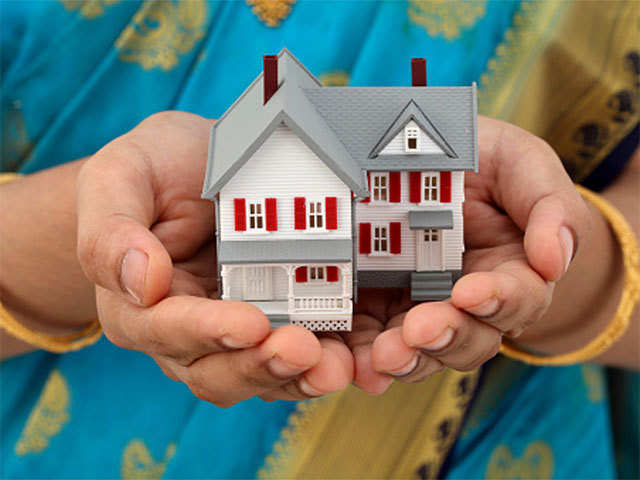
In the ever-evolving world of real estate development, design and construction trends play a crucial role in shaping the future of the industry. From sustainable building practices to cutting-edge technology, staying ahead of the curve is essential for developers looking to create innovative and successful projects. Let's explore some of the key trends that are driving change and influencing the future of real estate development.
Sustainable Construction Practices
Green Building Materials
- Increasing use of eco-friendly materials such as recycled steel, bamboo, and reclaimed wood.
- Integration of sustainable materials like solar panels, green roofs, and energy-efficient windows.
- Adoption of innovative materials that reduce carbon footprint and promote environmental conservation.
Energy Efficiency
- Focus on energy-efficient design principles to minimize energy consumption and reduce operational costs.
- Incorporation of smart technology for automated lighting, heating, and cooling systems.
- Implementation of green energy solutions like geothermal heating and solar power to lower carbon emissions.
Technology Integration
Building Information Modeling (BIM)
- Use of BIM software for 3D modeling, visualization, and collaboration among architects, engineers, and contractors.
- Enhanced project coordination, reduced errors, and improved efficiency in the design and construction process.
- Integration of BIM with augmented reality for virtual tours and interactive project presentations.
Internet of Things (IoT)
- Integration of IoT devices for monitoring and controlling building systems, security, and occupancy.
- Implementation of smart sensors for real-time data collection on energy usage, temperature, and air quality.
- Creation of connected environments that enhance user experience and optimize building performance.
Wellness and User Experience
Biophilic Design
- Incorporation of natural elements like plants, water features, and natural light to promote well-being and productivity.
- Creation of spaces that enhance connections to nature and improve mental and physical health.
- Integration of biophilic design principles to reduce stress, increase focus, and foster creativity.
Healthy Building Standards
- Adoption of wellness certifications like WELL Building Standard to prioritize occupant health and comfort.
- Implementation of features such as non-toxic materials, air purification systems, and biometric security measures.
- Focus on indoor air quality, natural light, and ergonomic design to create healthier and more productive environments.
Adaptive Reuse and Mixed-Use Developments
Repurposing Existing Structures
- Renovation of historic buildings and industrial sites for modern residential, commercial, and retail uses.
- Preservation of architectural heritage while incorporating contemporary design elements and amenities.
- Transformation of underutilized spaces into vibrant and sustainable mixed-use communities.
Integrated Live-Work-Play Environments
- Creation of walkable neighborhoods with a mix of residential, office, retail, and recreational spaces.
- Promotion of sustainable transportation options like bike lanes, public transit, and electric vehicle charging stations.
- Development of dynamic urban centers that meet the diverse needs of residents, workers, and visitors.

